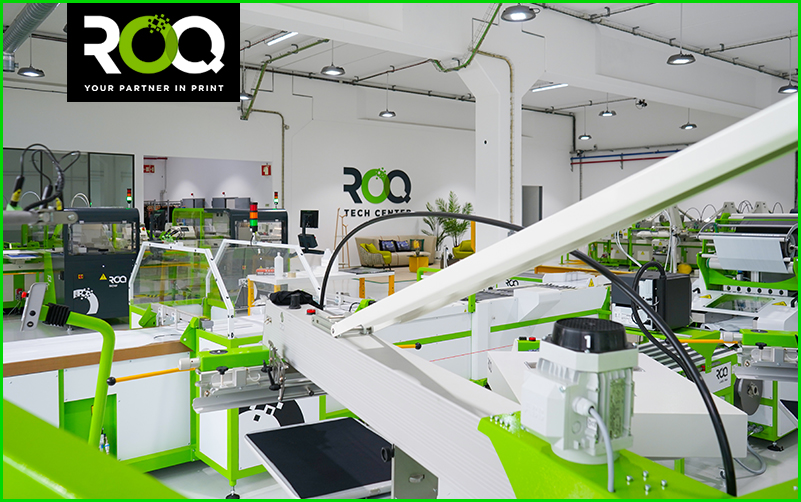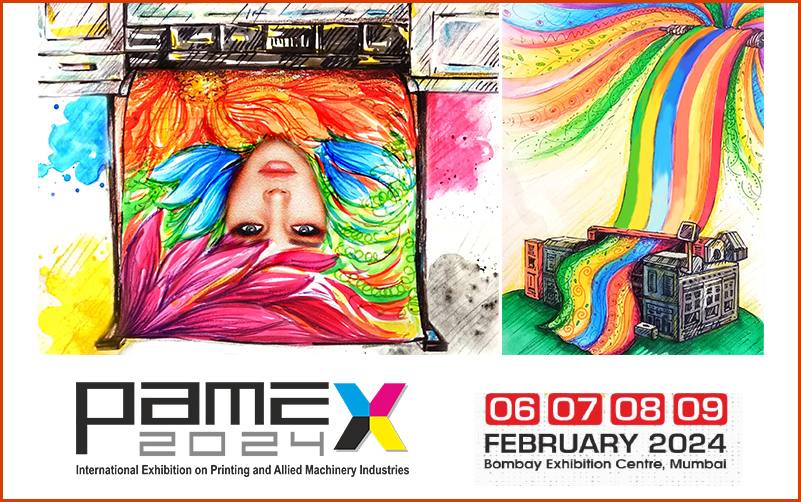
Smithers identifies 4 Trends that lead Dye-Sub Printing into growth trajectory
02 January 2021: The new Smithers report titled “The Future of Dye-Sublimation Printing to 2023” explains how this market will rise from a value of €6.99 billion in 2017 to €12.4 billion 2023, with a compound annual growth rate (CAGR) of 10.2% for the five-year period. According to the research, Globally the rate of expansion in demand for dye sublimation inkjet printed textiles and rigid media is reduced from that witnessed for this process in the first half of the decade.
Thus Smithers’ analysis identifies the current critical trends for dye-sublimation print across 2018-2023:
1. Graduating to higher productivity printers:
Dye sublimation printer manufacturers have historically acquired new clients by selling them entry-level presses, and then providing a pathway to upgrade progressively to high-end machines via mid-market solutions. This may involve changes to modules, additional printheads, or it may mean buying a new machine at each stage. Demand for lower-cost solutions and higher volumes is driving single-pass printing, which is a more industrial process generally associated with high-end printers with more printheads. The flexibility and mid-market productivity boosts is being delivered via higher possible print widths and a capacity to scale down simply by making smoothly variable changes to settings on the physical machine.
2. The drive for greater automation
Digital printing enables faster turnarounds for short to medium run lengths, compared with conventional printing via reduced make-ready times. Beyond this further productivity gains in dye sublimation are imminent and realisable via greater automation. Automation across the value chain can lower the labour costs associated with making such a switch. It also allows retailers and brands to maintain more control can be kept over stock and quality, meeting the new expectations on delivery, and minimising the dollar and environmental cost of transport.
3. The evolution of multi-season fashion and online retailing
One key trend pioneered by the likes of Spanish fashion retailer Zara has been the emergence of fast fashion, and the launch of multiple collections within a traditional quarterly season. The increasing prevalence of the Internet as a sales channel is have a profound impact on the supply chain for printed fabrics used in the fashion and related clothing segments. Digital print platforms, such as dye sublimation, are a key enabling technology for this.
4. Diversification for low-end and single-print garments
Despite the wider trend towards higher productivity on larger presses, of the newly released machines are designed primarily for direct-to-fabric (DTF) or direct-to-garment (DTG) work via transfer printing. This indicates that the consumer market demand for unique customer-personalised pieces – principally clothing – is far from satiated. An extension of this revealed through analysis of recent patents filed by US-headquartered Hillman is the dye sublimation printing vending machine.






